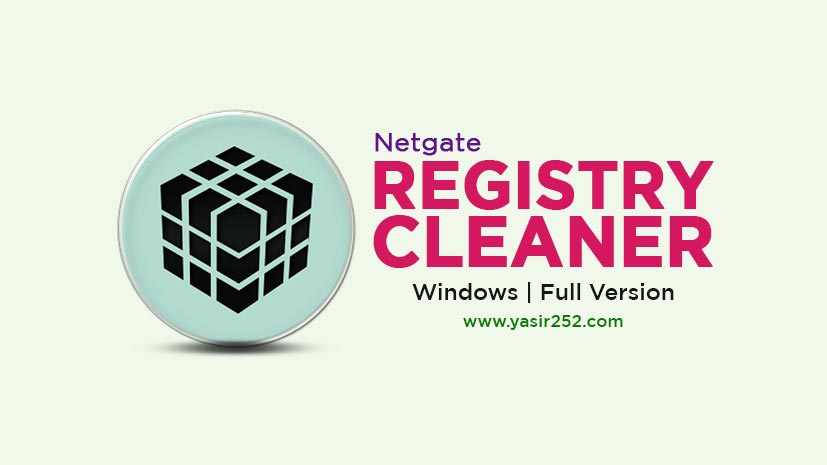

You can also view or edit 32-bit keys and values by using the 32-bit version of Registry Editor in the %systemroot%\Syswow64 folder. To view or edit 64-bit keys, you must use the 64-bit version of Registry Editor (Regedit.exe). You can view or edit both 64-bit and 32-bit registry keys and values by using the default 64-bit version of Registry Editor. In the 64-bit version of Registry Editor, 32-bit keys are displayed under the HKEY_LOCAL_MACHINE\Software\WOW6432Node registry key. The WOW64 registry redirector presents 32-bit programs with different keys for 32-bit program registry entries. The default 64-bit version of Registry Editor (Regedit.exe) that is included with 64-bit versions of Windows displays both 64-bit keys and 32-bit keys. Many of the 32-bit keys have the same names as their 64-bit counterparts, and vice versa. The registry in 64-bit versions of Windows is divided into 32-bit and 64-bit keys. When working with the Registry, you should always create a backup just in case you run into an issue.This article describes how to view the Windows registry by using 64-bit versions of Windows.Īpplies to: Windows 10 - all editions Original KB number: 305097 Summary There are so many features and options available with this app that you will be hard-pressed to go back to using the default. Total Registry also allows you to perform undo/redo, copy/paste of keys/values, optionally replace RegEdit, connect to remote Registry, and view open key handles. You can also view MUI, and REG_EXPAND_SZ expanded values, perform full searches (Find All / Ctrl+Shift+F), and enhanced hex editor for binary values. It shows you key icons for hives and inaccessible keys/links it also displays key details like last write time and many keys/values for more accuracy. With Total Registry, you can show the actual Registry (not just the standard one) and sort the list view by any column desired. Total Registry's goal is to provide those improvements from a smooth new UI featuring options that you have probably thought to yourself at one time or another, "why isn't this here" when using the default Regedit. The default Regedit helps perform many different actions about the registry, but there can be improvements with all things. Total Registry gives you a nicely enhanced Open Source Regedit replacement.


 0 kommentar(er)
0 kommentar(er)
